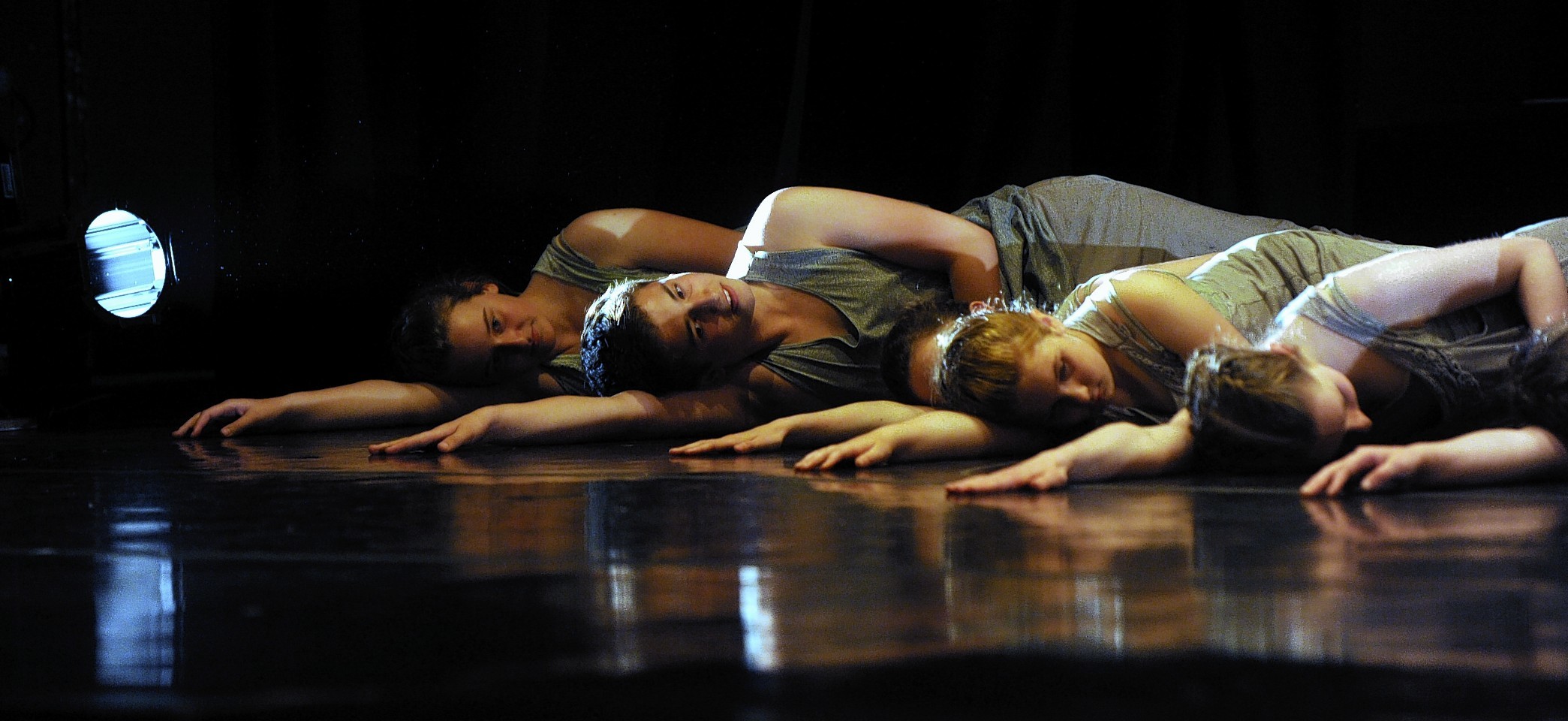Organisers of the Aberdeen International Youth Festival (AIYF) have praised the performers for delivering a “spectacular” event.
The curtain came down on the festival at the weekend, marking the close of 10 days of music, dance, song and theatre across Aberdeen and Aberdeenshire.
The final performance – the International Variety Gala at HM Theatre – showcased some of the event’s top talent from around the globe.
Saturday’s show was opened by dancers from the Theatre School of Modern Dance “Potoki” in Ukraine, who have also performed at the Lemon Tree, and venues in Arbroath and Fraserburgh.
Highlights from the show also included a pre-professional ballet from the Czech Republic, a traditional Azerbaijani and Jordanian dance, and a youth orchestra from the Netherlands.
Stewart Aitken, artistic director and chief executive officer of the festival, said: “It was a spectacular performance. It really showed off the wealth of talent that has come to AIYF this year.
“In terms of the groups coming and the groups participating it’s been fantastic, they’ve been of a really high quality.
“We’re really impressed with the level of talent and their willingness to participate in all the activities, not just wanting to perform.”
Almost 1,000 young people travelled to the festival. The performers, whose home countries includes Japan, China and the US, put on various shows including a number of international collaborations.
The festival was created in the late 1960’s by the late Blyth Major, music director of the Midland Youth Orchestra, and the late Lionel Bryer, chairman of the International Youth Foundation.
Their idea to bring together youth orchestras from around the world, and to use music to promote international understanding, resulted in the first International Festival of Youth Orchestras in Switzerland in 1969.
The festival moved to the UK in 1973 and set up bases in Aberdeen and London.
Due to the success of the festival and city-wide support, management decided in 1979 to focus the event entirely on Aberdeen and the north-east, and changed the name to Aberdeen International Youth Festival the following year.
Now in its 42nd year the festival remains a huge success, and preparations for next year’s event have already started.
